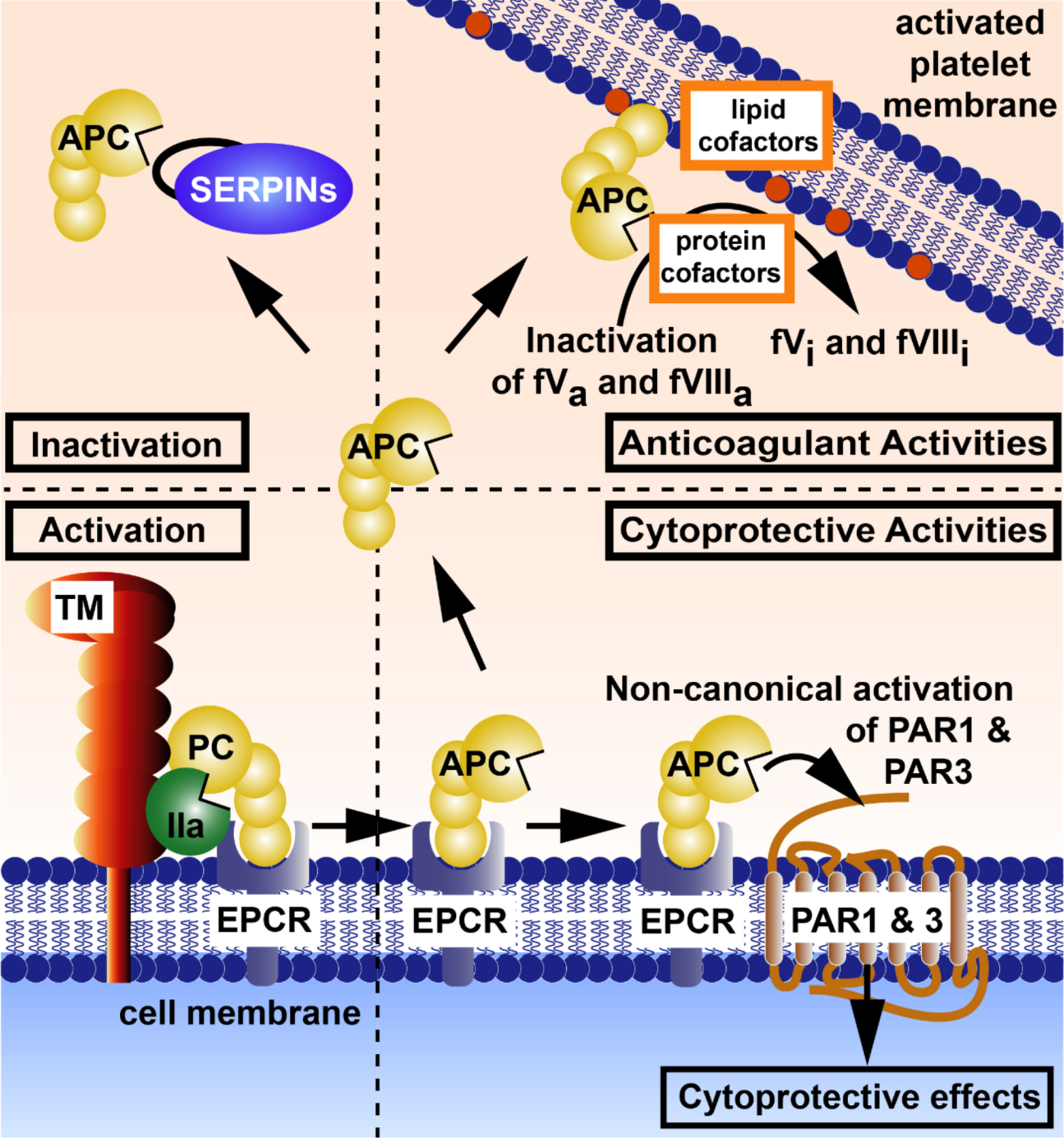Figure 1: Pathways of the protein C system.

The four major pathways of the protein C system are: (1, bottom left) activation of protein C and generation of APC, (2, bottom right) the cytoprotective pathway, (3, top right) the anticoagulant pathway, and (4, top left) inactivation of APC by serine protease inhibitors (SERPINs). (1, bottom left) Activation of protein C is mediated by thrombomodulin (TM)-bound thrombin and facilitated by presentation of protein C bound to EPCR on the endothelial cell surface. (2, bottom right) After activation when APC is bound to EPCR, APC can induce cytoprotective activities via the non-canonical activation of PAR1 at Arg46 and of PAR3 at Arg41. Cytoprotective activities may include anti-apoptotic activities, anti-inflammatory activities including inhibition of NLRP3-mediated inflammasomes and inhibition of neutrophil extracellular trap formation, stabilization of endothelial barriers, and alterations of gene expression profiles. Not shown here is APC’s ability to inactivate extracellular histones, which does not require APC-mediated cell signaling but involves proteolytic degradation by APC. Also, not depicted, are other receptors required for some of APC’s cytoprotective effects, including Mac-1, S1P receptor 1, Tie2, and others. (3, top right) Dissociation of APC from EPCR and binding of APC to negatively charged lipid membranes such as on activated platelets permits anticoagulant activity of APC. Proteolytic inactivation of the activated clotting factors Va and VIIIa by APC is supported by various cofactors such as protein S, factor V, and various lipid cofactors. (4, top left) Inactivation of APC by SERPINs limits the activity of APC in plasma and is primarily responsible for the half-live of ~16 min of APC in vivo. Abbreviations: PC, protein C; APC, activated protein C; IIa, thrombin; TM, thrombomodulin; EPCR, endothelial protein C receptor; PAR, protease activated receptor; FVa, activated factor V; FVIIIa, activated factor VIII; SERPINs, serine protease inhibitors. This figure is modified from Griffin et al, ATVB, 2016.124
